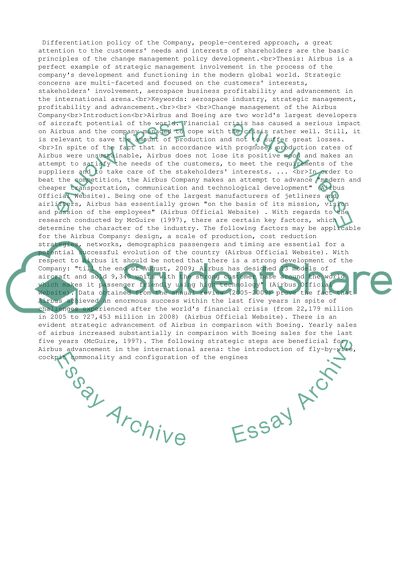Cite this document
(“Change management of the Airbus Company Term Paper”, n.d.)
Retrieved de https://studentshare.org/business/1392254-summary
Retrieved de https://studentshare.org/business/1392254-summary
(Change Management of the Airbus Company Term Paper)
https://studentshare.org/business/1392254-summary.
https://studentshare.org/business/1392254-summary.
“Change Management of the Airbus Company Term Paper”, n.d. https://studentshare.org/business/1392254-summary.


